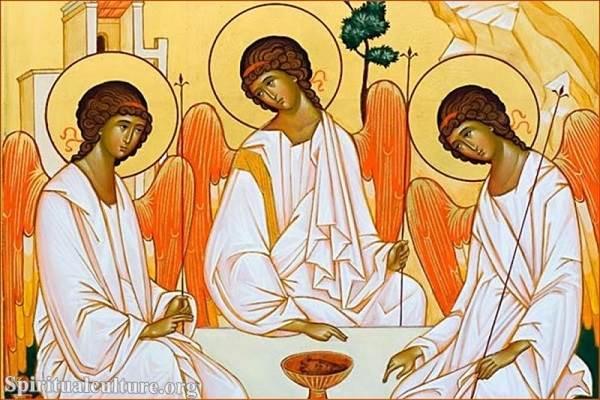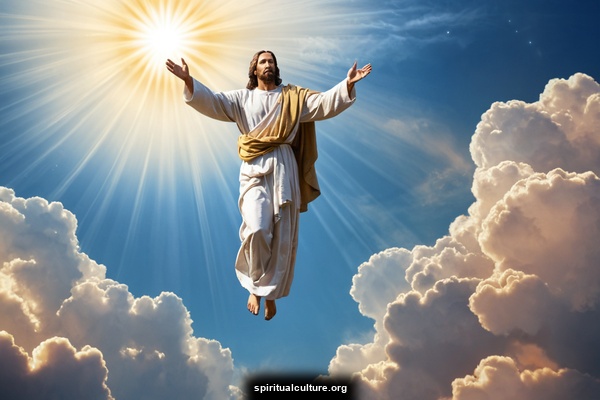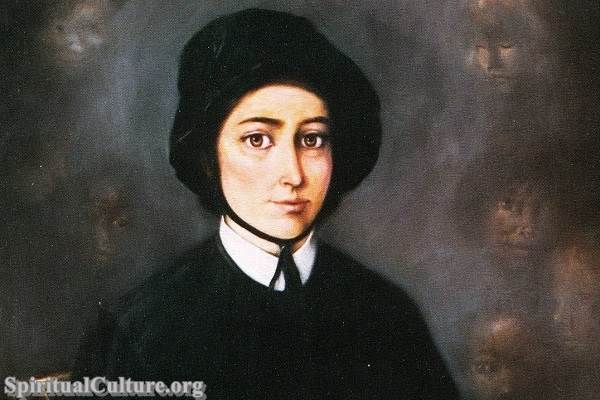The role of a bishop in the Catholic Church is far more than administrative or ceremonial. It is a vocation rooted in apostolic succession, spiritual authority, and pastoral care — a sacred office carrying the echoes of the early apostles, tasked with teaching, sanctifying, and governing the people of God.
As “Spiritual Culture,” we invite you into a deeper understanding of this vital role — not as a distant religious title, but as a living thread in the Church’s divine mission. Why do bishops matter so deeply in Catholic tradition? What do they symbolize spiritually? And how do they serve both the Church and the world in today’s ever-shifting society?
This article explores the bishop’s role through a spiritual, historical, and practical lens — revealing why their calling remains profoundly essential.
The Apostolic Foundation of the Bishop’s Role
The Bishop as Successor to the Apostles
The office of the bishop originates in the early Church, directly tied to the apostles themselves. After Jesus’ ascension, the apostles laid hands on new leaders, imparting the Holy Spirit and entrusting them with shepherding local Christian communities. This succession continues to this day through the episcopate.
As the Catechism of the Catholic Church explains:
“Bishops, as successors of the apostles, receive from the Lord, to whom all power in heaven and on earth has been given, the mission to teach all peoples, and to baptize them in the name of the Father and of the Son and of the Holy Spirit.”
(CCC 888)
This apostolic lineage means that each bishop is not merely a local administrator but a bearer of the same mission given to the original twelve.
Spiritual Significance of Apostolic Succession
Apostolic succession ensures continuity — not only of authority, but of truth and grace. Through it, bishops serve as living signs that the Church today is the same Church Christ founded. This unbroken chain is a safeguard for the faithful, a symbol that divine teaching remains intact through history’s turbulence.
The Threefold Mission: To Teach, Sanctify, and Govern
The Catholic Church summarizes a bishop’s responsibilities in three core areas: teaching, sanctifying, and governing.
Teaching: Guardian of the Faith
One of the bishop’s primary roles is to proclaim and defend the faith. He is entrusted with ensuring that the Gospel is authentically taught within his diocese — not merely through formal catechesis but by his own life and example.
St. Paul’s exhortation to Timothy echoes this calling:
“Preach the word; be ready in season and out of season; reprove, rebuke, and exhort, with complete patience and teaching.”
(2 Timothy 4:2)
Bishops often release pastoral letters, homilies, and educational initiatives to illuminate the faith in the face of modern confusion or moral ambiguity.
Sanctifying: Minister of the Sacraments
A bishop’s hands are consecrated to bring grace into the world through the sacraments — especially Confirmation and Holy Orders, which only a bishop can confer. He ensures that the Eucharist is properly celebrated, priests are formed and ordained, and the sacraments are reverently administered.
In a mystical sense, the bishop carries the spiritual heartbeat of the local Church. His prayer, fasting, and intercession form the unseen foundations upon which the sacraments are offered.
Governing: Pastor of the Flock
Governance in the Catholic Church is not domination, but service. The bishop leads his diocese as a spiritual father, making administrative decisions, managing personnel, and overseeing parishes — always in fidelity to Christ.
Jesus taught:
“Whoever wants to become great among you must be your servant… just as the Son of Man did not come to be served, but to serve.”
(Matthew 20:26, 28)
True episcopal leadership is a ministry of love — balancing justice with mercy, tradition with pastoral care, discipline with compassion.
The Bishop as a Visible Sign of Unity
One Bishop, One Diocese, One Faith
Every bishop is entrusted with a specific geographic region — called a diocese — and is considered the chief shepherd of the faithful within that territory. This structure reflects a sacred order: just as the Church is one Body, each diocese is a microcosm of that unity.
In every Mass celebrated with a bishop, we hear a prayer “for our bishop,” symbolizing communion with him and — through him — the whole Catholic Church.
Collegiality: United with the Pope and Other Bishops
While a bishop leads locally, he is never isolated. All bishops are united in a global college, with the Pope as their head. Together, they form the Magisterium — the Church’s teaching authority — expressing unity across cultures, languages, and time.
This collegial bond reflects the Trinitarian nature of the Church — many persons, yet one heart and mind in Christ.
The Liturgical and Sacramental Presence of the Bishop
The Bishop in the Liturgy
The presence of a bishop in the liturgy is a profound moment. He often wears a miter (symbol of spiritual authority) and carries a crosier (shepherd’s staff), both representing his pastoral office.
When a bishop celebrates the Eucharist, especially in his cathedral, the local Church experiences a unique fullness. It is a moment where the visible and invisible Church converge — the shepherd among his flock, gathered around Christ.
Confirmation and Ordination
Only bishops may ordain priests and deacons — continuing the apostolic ministry by passing on spiritual authority. Similarly, they are ordinary ministers of Confirmation, sealing the baptized with the Holy Spirit.
These sacraments visibly show the bishop as a channel of divine grace, not merely a symbolic figure.
A Bishop’s Life: Sacrifice, Vigilance, and Prayer
Bearing the Weight of Souls
St. John Chrysostom once said:
“The road to hell is paved with the skulls of bishops.”
This startling quote is not meant to condemn but to remind bishops of their immense responsibility. They are accountable for the souls entrusted to them — and must answer to God for how they shepherded His people.
A Hidden Life of Prayer
Behind the scenes, a faithful bishop is not merely a leader but a monk of the heart. His days are shaped by the Liturgy of the Hours, personal prayer, and sacrificial love. He is called to be a spiritual warrior — interceding for his people, confronting spiritual evil, and bearing the burdens of the Church.
Challenges Facing Bishops Today
Navigating Modern Crises
Bishops today face immense pressures: secularism, moral relativism, scandals, and societal division. Yet their role remains unchanged — to proclaim Christ fearlessly and shepherd His Church in truth and love.
Their integrity, courage, and humility are needed now more than ever.
Pastoral Presence in a Digital World
In an age of screens and isolation, bishops must find new ways to be present — through media, online outreach, and compassionate engagement. While the office is ancient, the method must adapt to modern hearts.
Reflect and Reimagine: What This Means for You
To understand the bishop’s role is to glimpse the spiritual architecture of the Church — how God continues to guide, sanctify, and unify His people through human vessels.
Perhaps you have never met your bishop. Or perhaps you wonder if their decisions affect your life. But through the sacraments you receive, the Masses you attend, and the truths you learn — their influence quietly shapes your journey of faith.
Let this knowledge invite reflection:
- Do I pray for my bishop and those who lead the Church?
- Do I see the Church not as an institution, but a living body — guided by Christ through the apostles’ successors?
- Do I listen with an open heart when the shepherd speaks?
Spiritual Culture gently invites you: rediscover the mystery and beauty of spiritual authority. Not as control, but as care. Not as distance, but as divine design. The bishop’s role is not to stand above you, but to walk before you — bearing the torch of truth in a world that so often loses its way.
And in every humble act of guidance, there echoes the voice of the Good Shepherd — who lays down His life for the sheep.



